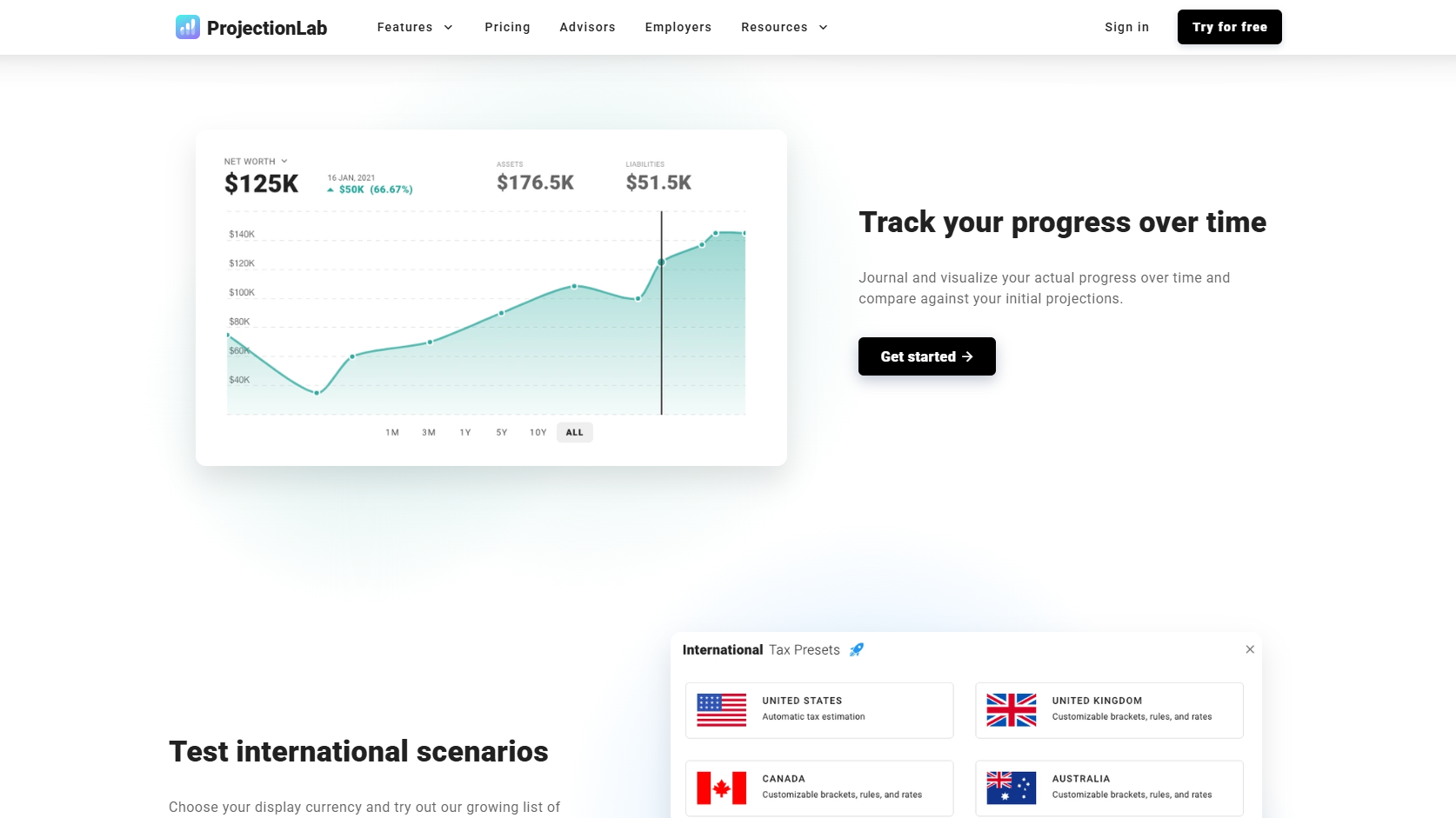
Understanding Cultural Impact in the Workplace
In our increasingly globalized work environment, recognizing cultural differences is crucial for fostering collaboration and promoting productivity. The recent experiences of professionals transitioning between diverse cultural settings illustrate that these differences can significantly impact workplace dynamics.
Personal Experiences: Cultural Shock and Professional Growth
Reflecting on my own journey, I found the transition from international schools, where cultural diversity was celebrated, to a more homogenous environment in Virginia, daunting. Upon entering the workforce, I became acutely aware of how subtle cultural differences can shape interpersonal interactions and professional opportunities. A personal incident at a San Francisco startup resonated deeply with this realization.
Unconscious Bias and Cultural Misunderstandings
During my time at the startup, an unsettling moment occurred when a senior employee disrespected my published work by using my book as a monitor stand. This seemingly minor incident highlighted a significant cultural divide in workplace etiquette. In many cultures, books are regarded with deep respect; repurposing one as furniture unintentionally communicated disregard for my contribution. Such misunderstandings can lead to discomfort and even disengagement in a professional setting.
The Social Dynamics of Workplace Culture
In workplaces where individuals predominantly share a common cultural background, there might be an unintentional marginalization of those who are different. Employees from minority backgrounds often have to navigate unspoken rules that can hinder their chances of advancement. This can create a challenging environment, perpetuating a cycle of underrepresentation in leadership roles.
Practical Strategies for Navigating Cultural Differences
To better manage cultural diversity in professional settings, companies can adopt several strategies. First, implementing cultural competence training programs can enhance awareness and sensitivity among employees, fostering an inclusive atmosphere. Second, creating mentorship opportunities can provide guidance for those adjusting to a new cultural landscape, helping them understand the nuances of workplace norms.
Fostering Inclusivity: Benefits for Everyone
Organizations that prioritize diversity and inclusion are often more innovative and better equipped to meet the needs of a diverse customer base. Encouraging different perspectives can lead to enhanced problem-solving and increased employee morale. Employers must recognize the value that diverse talents bring to the table and actively promote a culture that values each employee's background and contributions.
Tools and Techniques to Enhance Cultural Understanding
Employers can utilize tools such as anonymous feedback forums where employees can express concerns about cultural insensitivity, fostering open communication. Additionally, hosting multicultural events can educate staff about various cultures while celebrating diversity, reinforcing a sense of community within the workplace.
Conclusion: The Path Forward
The importance of understanding and respecting cultural differences in the workplace cannot be overstated. As professionals, it is essential to cultivate an inclusive environment where all employees feel valued and understood. By actively addressing cultural dynamics and promoting diversity and inclusion, organizations not only enrich their workplace culture but also drive innovation and success. Ultimately, companies that embrace this complexity will position themselves for greater long-term success in a diverse global economy.
 Add Row
Add Row  Add
Add 




Write A Comment